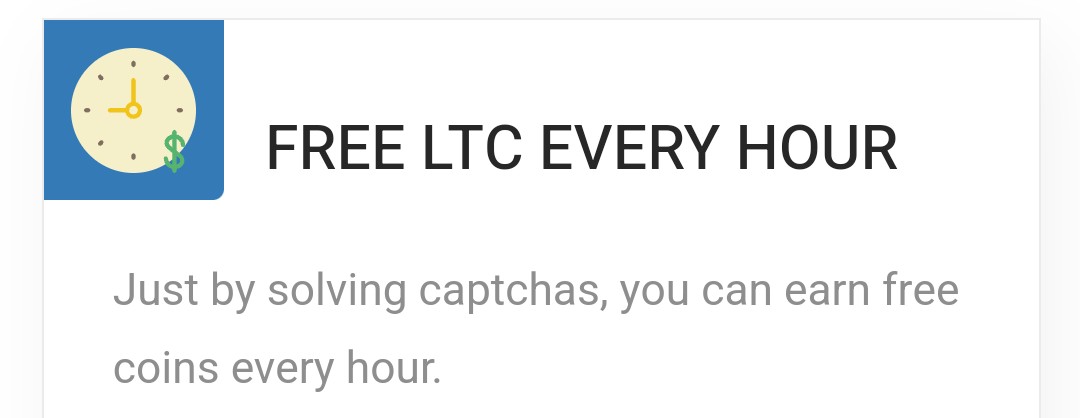The Trump administration scored a temporary victory at the Supreme Court Friday as Justice Ketanji Brown Jackson agreed to lift a deadline for the federal government to fully fund SNAP payments that flow to millions of Americans.
In an order issued after 9 p.m. Friday, Jackson granted the Trump administration’s request for relief from a lower court order that would have required officials to tap into a separate nutrition account at USDA to deliver the usual SNAP payments for November.
Jackson’s move came after the 1st Circuit Court of Appeals declined to grant the administration an immediate reprieve from the district court judge’s order.
However, Jackson, a Biden appointee, noted that the appeals court indicated it planned to release a further ruling “as quickly as possible” and she said lifting the deadline for now would “facilitate” the appeals court’s next action, which she said she expected “with dispatch.”
The administration’s emergency appeal was routed to Jackson because she is assigned to oversee urgent matters arising from the 1st Circuit. She will likely refer the issue to the full court at some juncture, but her order Friday gave no indication she has yet done so.
The Supplemental Nutrition Assistance Program, previously known as food stamps, helps more than 40 million Americans. The program ran out of funding Nov. 1 due to the record-setting government shutdown. Following litigation, the Agriculture Department sent out about 65 percent of the monthly funding, but officials have yet to implement a plan to provide full SNAP funding for November.
Democratic-led states and advocates for SNAP benefits have urged the administration to tap another Agriculture Department account, known as Section 32, in order to make the full payment for this month. But Justice Department attorneys contend that depleting that account risks shortchanging other programs, such as school meals.
U.S. District Judge John McConnell Jr., an Obama appointee handling a lawsuit filed in Rhode Island over the issue, said that the Trump administration’s position was political, and not about ensuring other programs remain flush. He added that Congress has time before the next fiscal year to replenish programs that have historically had bipartisan support.
“This Court is not naïve to the administration’s true motivations,” McConnell wrote in a Thursday order. “Far from being concerned with Child Nutrition funding, these statements make clear that the administration is withholding full SNAP benefits for political purposes.”
Lawmakers of both parties proposed stopgap funding measures for the SNAP program, but Republican leadership declined to hold a vote on the bills, arguing that singling out food aid would make it more difficult to agree on a larger plan to reopen the government.
It’s not clear what the high court’s order means for states that have already moved to make full payments to recipients after USDA said it was working to comply with the lower court order.
The Supreme Court’s Friday night ruling is the latest in a legal back-and-forth this week. States, cities and nonprofits first sued demanding officials dip into a contingency fund for the Supplemental Nutrition Assistance Program, which the Trump administration maintained was reserved for emergencies like natural disasters. After two separate court orders, officials agreed to use the fund to pay partial November benefits, a plan that state and federal officials said could take weeks in some places.
President Donald Trump added to the confusion this week when he posted on social media that SNAP benefits wouldn’t be paid until the government reopened.
While officials have never before used a SNAP contingency fund to keep the program afloat, in previous shutdowns the program has remained running as officials plan for emergencies.
In the absence of SNAP funding, nonprofits and some states have worked overtime to fill the void — but most say they can’t fully meet the need.
Karen Ehrens, US policy manager for the Alliance to End Hunger, added that most low-income people don’t have savings to count on.
“People don’t really realize how many people take part in the SNAP program, 42 million people across the nation,” she said. “The amount of reserves that individual people and that food pantries might have to call on are limited.”

